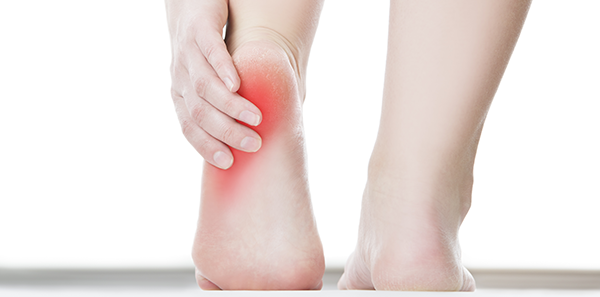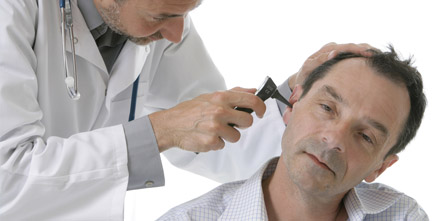
Plantar fasciitis is an inflammation of the plantar fascia (fibrous tissue) that connects the heel bone (calcaneus) to the proximal phalanges (the bones at the base of the toes).
This inflammation causes pain in the heel and along the sole of the foot. However, diagnoses of other pathologies within this anatomical region must be differentiated, such as tendinitis of the flexor of the big toe, bursitis, heel spurs, trapped adductor nerve of the fifth toe, fractures, etc.
Plantar fasciitis has several potential causes such as strain, repetitive microtrauma, shortening of the muscles and tendons on the back of the leg, functional loss of the tibialis posterior tendon, lack of adaptation to exercise, inadequate footwear, and mechanical stress, among others. Plantar fasciitis typically becomes more painful as the injury is aggravated, starting with painful first steps in the morning or during the most intense moments of exercise, but gradually developing into a pain that starts with first steps after sitting down again. In advanced cases of plantar fasciitis, the pain makes it difficult to walk, or even impossible to walk over time. Treatment should commence as soon as possible so that it does not become chronic. A physiotherapist with information on the disease, the clinical study, symptoms, and diagnosis will determine the most appropriate treatment in each case. Currently, there are several ways to treat plantar fasciitis, which depend on the diagnosis.
Among them is the re-educating the way you walk or, if this fails, wearing insoles. Stretching the muscles on the back of the legs, activating inhibited muscles, invasive physiotherapy, dry needling, infiltrations, massage, physical therapy (cold, heat, currents…) are among the treatments used to deal with this condition.
To prevent it from developing, keep all the muscles and tendons on the back of the legs stretched and flexible, above all the calves, soleus, the long flexor of the big toe and the plantar fascia. Making sure that you wear appropriate footwear and work the intrinsic muscles of the foot, gradually increasing exercise to avoid this insidious pathology from appearing.
The information published in this media neither substitutes nor complements in any way the direct supervision of a doctor, his diagnosis or the treatment that he may prescribe. It should also not be used for self-diagnosis.
The exclusive responsibility for the use of this service lies with the reader.
ASSSA advises you to always consult your doctor about any issue concerning your health












